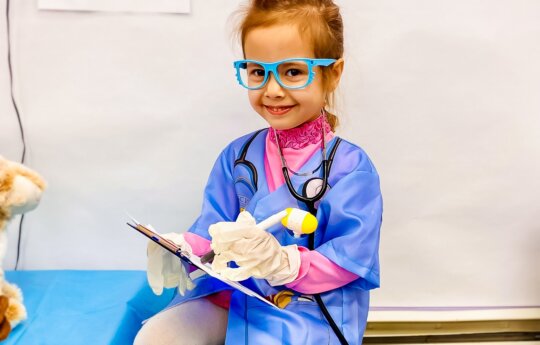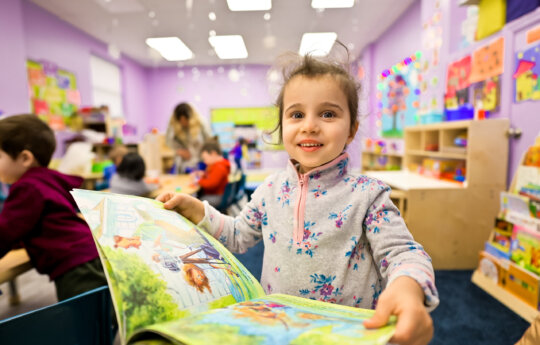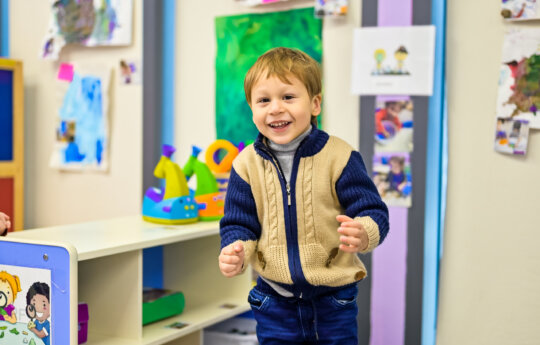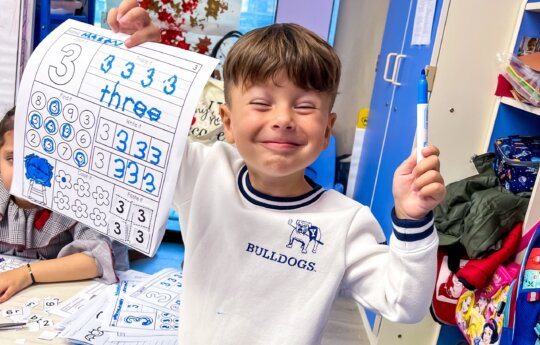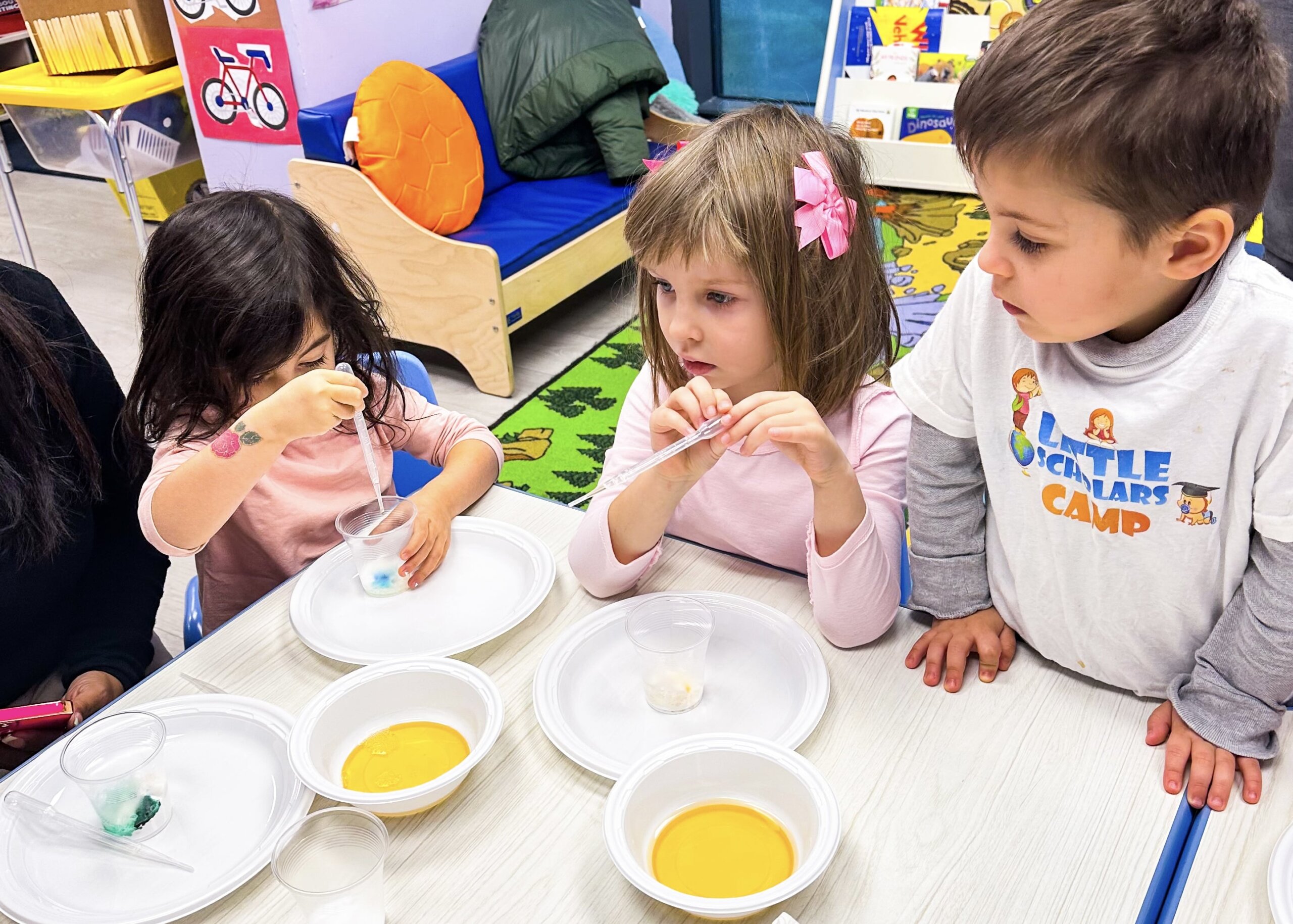
Science education lays the foundation for developing children’s critical thinking and problem-solving skills from a young age. Through science projects for kids, Little Scholars Daycare offers an exciting avenue for children to explore fundamental scientific principles.
These activities make learning more engaging and also accessible, allowing children to continue their exploration of science both at daycare and at home. This hands-on approach raises a love for learning, fostering a positive attitude towards science that lasts a lifetime.
Discover 30 easy DIY science experiments designed for toddlers and preschoolers to learn and have fun. Dive in to see how toddler science activities can be a delightful adventure for your little one!
Why DIY Science Experiments at Home?
DIY science experiments are a gateway to unlocking your child’s natural curiosity and enthusiasm for learning. They transform abstract concepts into tangible, memorable experiences, making the wonders of science accessible.
Through at-home science activities, children grasp scientific principles and develop critical thinking and problem-solving skills in an engaging manner. Embracing these experiments at home creates a learning environment, where children and parents learn together.
DIY Science Experiments by Age (Toddlers 2–4, Preschool 3–5)
Here is a complete list of science experiments for kids we have tried with our children.
For other cues, we have a post featuring many show-and-tell science ideas to try at home.
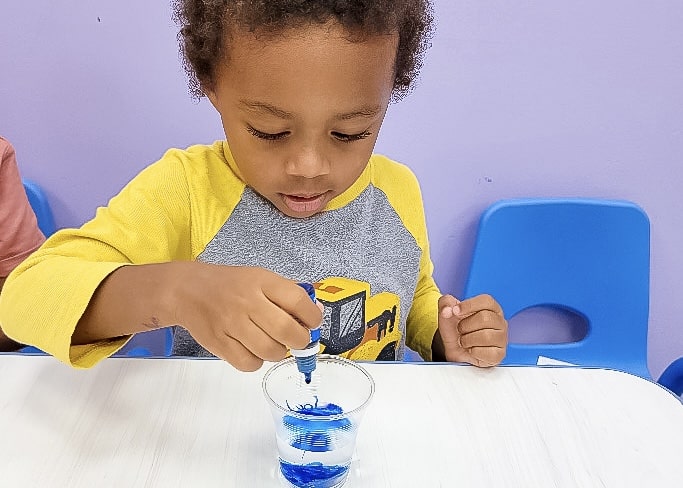
Toddlers (2–4) Science Experiments
These 15 easy science experiments for kids are meant to pique their interest and promote exploration. Additionally, look into Little Scholars’ Toddler Program, which offers supervised STEM projects for kids designed for kids ages 2–4 for a sensory-rich experience.
1. Color Mixing
Teach toddlers about primary colours (red, yellow, blue) by mixing them in different combinations to create secondary colours (green, orange, purple). This can be done with watercolours, food colouring, or transparent-coloured plastic sheets.
2. Sink or Float
Gather various household objects and a bowl of water. Have toddlers predict whether each item will sink or float before testing their hypotheses, introducing basic principles of density and buoyancy.
3. Magnetic Attraction
Use a variety of objects, including some that are magnetic, to explore magnetic attraction. Show how magnets can attract or repel each other and attract magnetic objects, introducing the concept of magnetic fields.
4. Baking Soda and Vinegar Volcano
Mix baking soda and vinegar in a container to create a simple, erupting volcano. This experiment demonstrates chemical reactions and gas production in an exciting, visual way.
5. Bubble Science
Create a homemade bubble solution with water, dish soap, and glycerin. Experiment with making bubbles using different tools, exploring concepts of surface tension and elasticity.
6. Plant Growth
Plant seeds in a transparent cup filled with soil to observe germination and root development. This introduces toddlers to plant biology and the conditions necessary for growth, such as water, light, and soil.
7. Ice Melting
Place ice cubes in different environments (inside, outside, in water) and observe how they melt at different rates. This experiment helps toddlers understand states of matter (solid, liquid) and the effects of temperature.
8. Shadow Play
Use a flashlight and toys to create shadows on a wall. This activity teaches toddlers about light sources, opaque objects, and how shadows are formed and change size.
9. Balloon Rocket
Attach a balloon to a piece of string and let it go to see it zoom across the room. This demonstrates the principles of propulsion and air pressure in a fun and tangible way.
10. Water Cycle Bag
Draw the water cycle on a sealable plastic bag and add a bit of water. Hang it in a sunny window to observe evaporation, condensation, and precipitation, visually explaining the water cycle.
11. Cloud in a Jar
Make a miniature cloud to demonstrate the process of condensation. Pour hot water into a glass jar until it is about one-third full. Before placing the jar lid upside down with ice cubes on top, quickly mist the inside with hairspray. Observe how a cloud forms inside the particles as vapor condenses on them. After a few minutes, lift the lid to allow the cloud to escape.
12. Dancing Raisins
Pour carbonated water into a clear glass and add a few raisins. They sink initially. The raisins are soon lifted upward by bubbles that cling to them. A “dancing” effect is produced when the raisins sink once more after the bubbles burst at the top.
13. Static Magic
Rub a blown-up balloon against a wool sweater or your hair. Watch them leap toward the balloon when you hold it near tiny bits of pepper or paper.
By transferring electrons through rubbing, this experiment introduces static electricity, which gives the balloon a charge that draws in light objects.
14. Colorful Milk Art
Add a few drops of food coloring to a shallow dish filled with whole milk. Carefully touch the milk’s surface with a cotton swab dipped in dish soap. As the soap breaks the surface tension and interacts with the fat in the milk, the colors explode and swirl.
15. Air Pressure Bag
Using tape to seal each hole, place a number of straws along one side of a ziplock bag. One straw should remain visible after closing the bag. To demonstrate how air pressure fills the space, blow into the straw to inflate the bag.
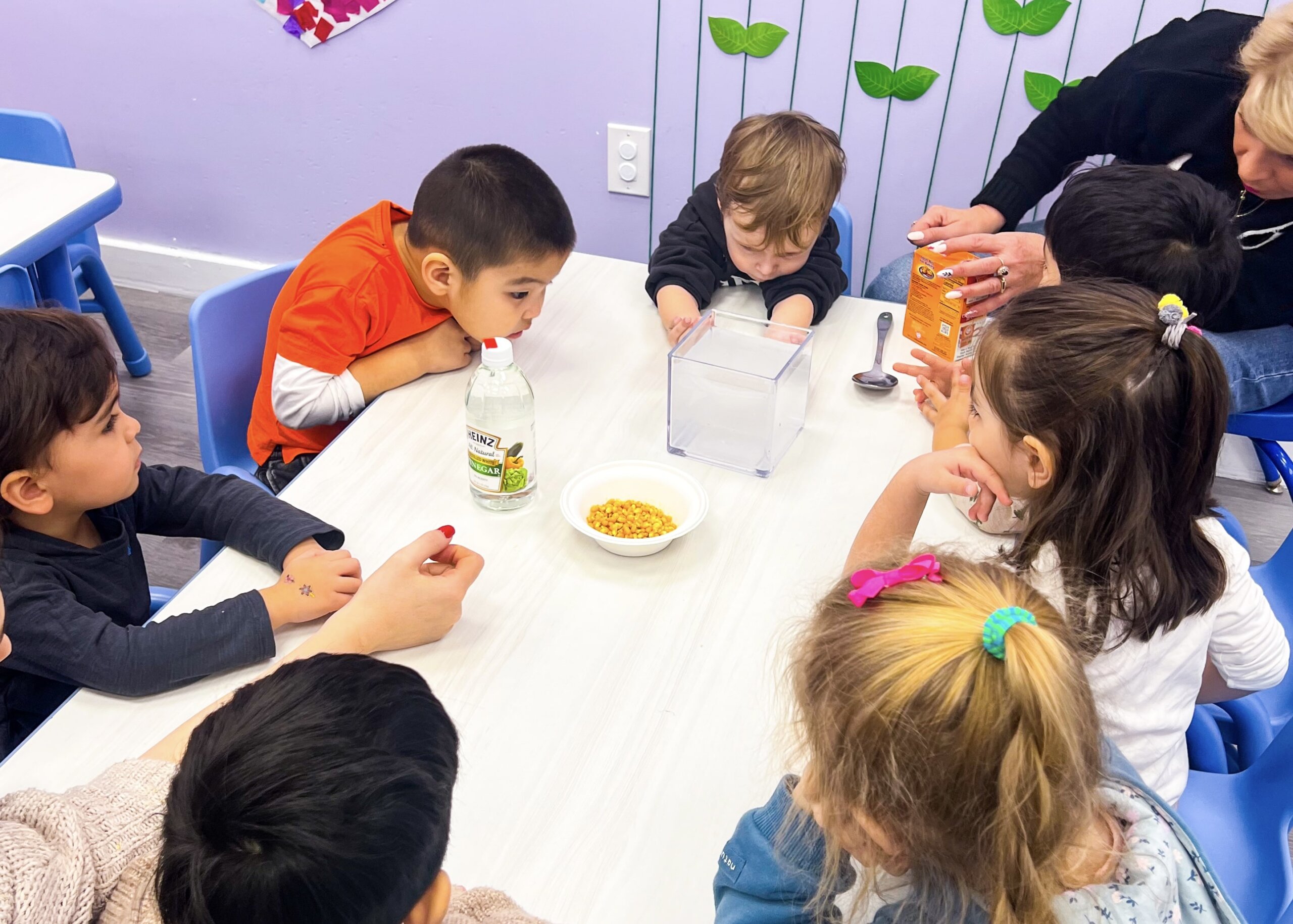
Preschool (3–5) Science Experiments
For preschoolers ready to take on slightly more complex experiments, Little Scholars’ Preschool Program offers a hands-on STEM and curiosity-based approach designed specifically for children ages 3–5. Here are some easy science experiments to do at home that introduce new scientific concepts while still being fun and manageable:
1. Lemon Volcanoes
A fascinating way for kids to see chemical reactions up close. By adding baking soda to the lemon, children can watch as the mixture fizzes and bubbles, simulating a volcanic eruption. This experiment introduces basic concepts of acid-base reactions in a visually engaging manner.
2. Homemade Lava Lamps
This experiment is a fun way to explore the principles of density and chemical reactions. By combining oil, water, food colouring, and Alka-Seltzer, children can observe how the coloured bubbles move through the oil, creating a lava lamp effect.
3. Crystal Growing
Children can grow their own sparkling crystals using borax, water, and pipe cleaners. This experiment teaches the principles of solutions and crystallization, allowing kids to observe how crystals form over time.
4. Static Electricity Butterflies
Using simple materials like tissue paper and a balloon, this experiment demonstrates how static electricity works. Kids can see firsthand how rubbing the balloon creates static that can make the butterfly wings move.
5. DIY Rain Gauge
An excellent way for children to learn about weather and measurements. By creating their own rain gauge, they can track rainfall over time and understand how weather is measured.
6. Water Xylophone
This musical experiment teaches kids about sound waves and vibration. By filling glasses with varying amounts of water and tapping them, children can explore how the pitch changes with the water level.
7. Walking Water
A visually striking experiment that demonstrates capillary action and color mixing. Children can watch as coloured water “walks” across paper towels, blending colours and showing how water can move through materials.
8. Simple Circuit
Introduces basic electrical concepts by creating a circuit with a battery, wire, and light bulb. This hands-on activity helps children understand how electricity flows and lights up a bulb.
9. Solar Oven
Using everyday materials, children can build a simple solar oven. This experiment teaches about solar energy and the greenhouse effect, showing how the sun’s energy can be harnessed to heat and cook.
10. Glow-in-the-Dark Slime
By adding glow-in-the-dark paint to slime, children can explore the properties of materials and light. This experiment is not only fun but also illuminates the science behind phosphorescence and chemical reactions.
These experiments provide a fantastic opportunity for preschoolers to delve deeper into science with projects that are a bit more challenging but still loads of fun and highly educational.
11. DIY Sundial
With a plate, playdough, and a straw, kids can make their own sundial. They can see how the sun’s movement alters the shadow’s length and direction by noting the straw’s shadow’s position throughout the day.
12. Ice Fishing
Children can attempt “fishing” for ice cubes using only ice, water, string, and salt. By lowering its melting point, salt causes the ice to partially melt and then refreeze around the string. The ice cube emerges with the string when they raise it.
13. Sound Sandwich
Children can construct a basic sound-producing device with craft sticks, rubber bands, paper, and a straw. The paper and rubber band vibrate when air is blown into the straw gap, creating a buzzing sound.
14. Magic Milk Explosion
With just dish soap and food coloring, a shallow dish of milk can be transformed into a vibrant science lab. The colors swirl dramatically when a cotton swab dipped in soap comes into contact with the milk’s surface because the soap molecules press up against the fat molecules.
15. Egg Drop Parachute
Children can experiment with air resistance against gravity by affixing a plastic bag parachute to an egg. When the egg is dropped from a safe height, it demonstrates how the parachute slows its descent and prevents it from shattering.
Safety guidelines for at-home science experiments
Ensuring safety is paramount when engaging in kids science experiments, especially with young learners. Adult supervision is crucial to oversee all activities, ensuring that experiments are conducted safely and appropriately. It’s essential to follow general safety guidelines.
How to engage kids during experiments
- Wear Protective Gear: Use safety goggles, gloves, and aprons as needed to protect from spills or splashes.
- Read Instructions First: Always understand the experiment’s steps and safety warnings before starting.
- Keep a Clean Workspace: Ensure the area is tidy and free from unnecessary items to prevent accidents.
- Use Materials Properly: Follow guidelines for each substance used; do not mix chemicals unless instructed.
- Supervise Children: Adults should always be present to oversee the experiment and assist when needed.
- Dispose of Materials Safely: Follow proper disposal methods for any chemicals or experiment leftovers.
- First Aid Kit: Keep a first aid kit nearby in case of minor injuries or spills.
- Know Emergency Procedures: Be familiar with how to handle emergencies, such as chemical spills or burns.
These practices help create a safe learning environment, allowing children to explore and discover without risk, fostering a positive and educational experience in simple science projects.
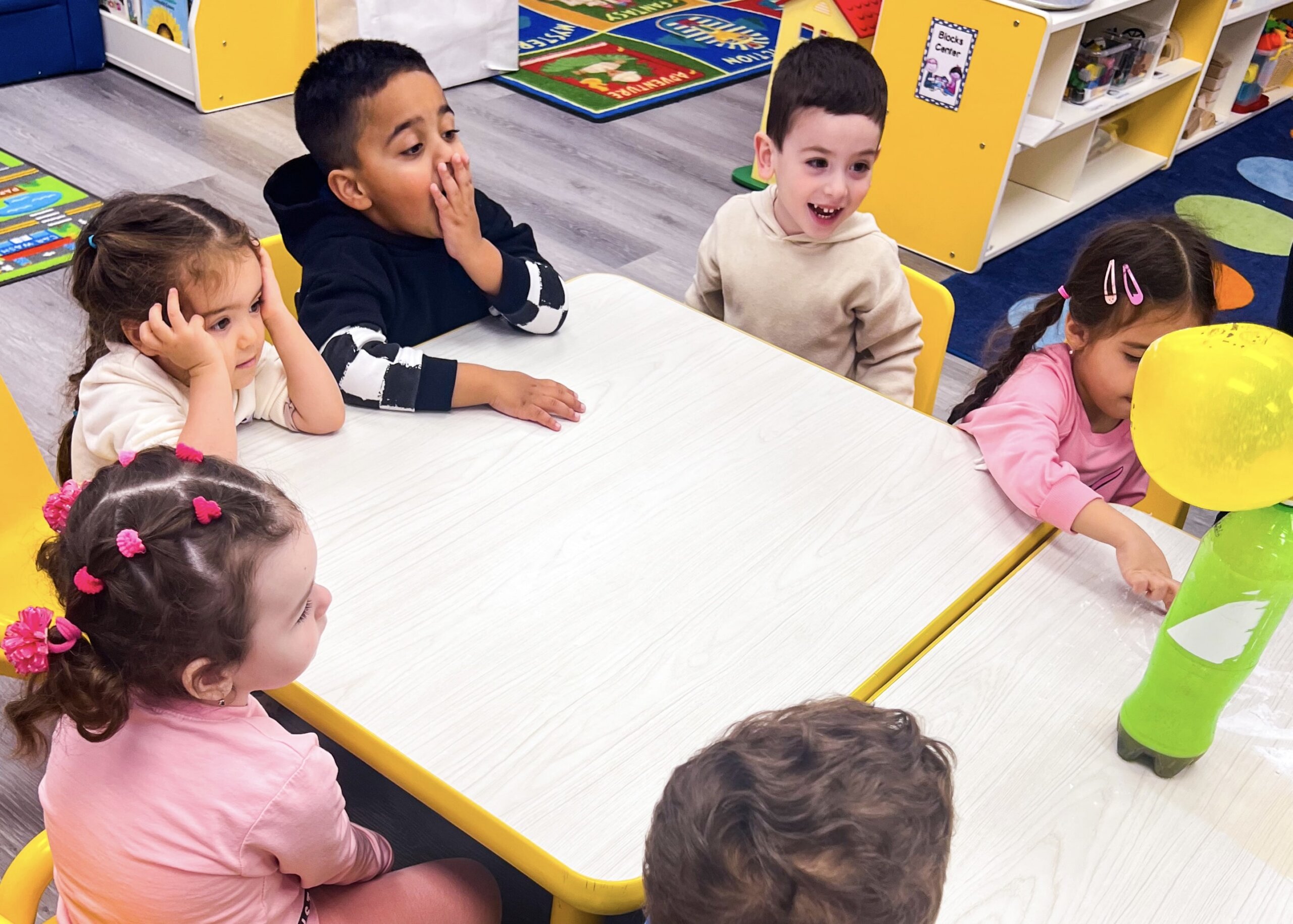
How to engage kids throughout the experiment process:
Making science fun is about sparking curiosity and encouraging exploration. Engage kids by turning experiments into storytelling adventures, where each step is part of a grand exploration. Incorporate the scientific method by asking children to predict outcomes (hypothesis), observe what happens (observation), and discuss why it happened (conclusion). Use real-world connections to make concepts relatable and celebrate every discovery, fostering a love for learning and inquiry.
Resources: Science Experiments for Kids
For kids who are eager to dive deeper into the world of science, the internet and bookstores are treasure troves of knowledge. Websites like the National Geographic Kids, Science Kids, and the NASA Kids’ Club offer a wealth of interactive games, experiments, and educational articles.
Books such as “The Everything Kids’ Science Experiments Book” by Tom Robinson and “National Geographic Little Kids First Big Book of Why” by Amy Shields provide engaging explanations and activities.
Our website features more learning activities for kids that can help parents to significantly enrich a child’s understanding and enjoyment of science.
Conclusion
As we conclude our journey through the TOP 30 Easy DIY Science Experiments for Kids, it’s important to recognise the power of integrating science into everyday activities at home. Each experiment, carefully selected and designed for young learners, provides a unique opportunity to explore the wonders of science in an engaging and hands-on manner.
Explore Little Scholars Daycare Programs to inspire further and cultivate your little one’s love for science, paving the way for a future where they continue to question and discover.
Also check out some ideas for Hands-on learning & experiments in the related post.
FAQ
Which experiments are best for toddlers (2–4)?
Great science experiments for 4 year olds include Sink or Float, which investigates buoyancy with objects in water; Magic Milk, which uses soap to make food coloring swirl in milk; and baking soda and vinegar, which produces chemical reactions like volcanoes.
Which experiments are best for preschoolers (3–5)?
Classic activities like Rainbow Bubbles, Dancing Raisins, the Walking Water experiment, and Baking Soda & Vinegar Reactions are among the best science experiments for preschoolers (ages 3–5) because they allow for hands-on learning using basic items.
What household items will I need for most experiments?
Common kitchen and cleaning supplies such as baking soda, vinegar, food coloring, water, vegetable oil, plastic bottles, and paper towels are required for many science experiments at home. Having supplies like glue, contact lens solution, Alka-Seltzer tablets, and a range of containers is also helpful for more complex projects like slime or lava lamps.
Are these safe to do at home, and what supervision do kids need?
As long as safety measures are taken, fun science for kids is safe to conduct at home. Keep dangerous items like medications and sharp tools out of young children’s reach and watch them at all times, especially near water, small objects, or anything that could spill.
How long does each experiment take, and how can I keep cleanup easy?
Easy STEM activities typically take 5-20 minutes, with some, like Ice Fishing, being completed quickly and others, like Sundials, requiring more time. Engage kids in easy cleanup chores and, if you can, take messy activities outside.
What should I do if an experiment doesn’t work the first time?
Remain composed and view failed kindergarten science projects as a learning opportunity; after all, science is all about trying and testing. Verify the procedures, supplies, and measurements one more time because even the smallest details can have an impact.

